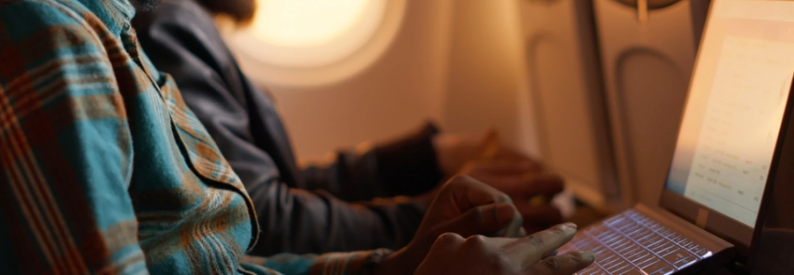Battery Fires on Planes Highlight Growing Safety Risk

Recent in-flight incidents underscore the hidden danger of lithium-ion batteries aboard aircraft, prompting airlines and regulators to tighten restrictions on portable chargers and electronic devices. Southwest Airlines now requires that power banks remain in plain sight throughout the flight, warning passengers not to charge devices in overhead bins. Several Asian carriers have taken this further, banning the use of portable batteries altogether in the cabin and prohibiting their storage overhead. Federal rules already mandate that all items containing lithium-ion cells—laptops, smartphones, tablets, electric toothbrushes and more—be carried on rather than checked, reflecting the risk that damaged or defective batteries can overheat and enter thermal runaway, producing smoke, fire or even explosions.
University of Michigan battery expert Venkat Viswanathan explains that a single overheating cell can quickly ignite neighboring cells, and if that occurs in a cargo hold, the entire compartment could erupt in flames before crew can intervene. While rare, such events do occur: in November 2024, a passenger’s cell phone caught fire just before takeoff, forcing an evacuation that injured two travelers. According to the Federal Aviation Administration, between March 2006 and April 2025 there have been 620 verified lithium-battery incidents on U.S. aircraft—an average of two per week so far in 2025. Of those, 465 fires or smoke events occurred in cabins, where crews can rapidly respond, and 129 in cargo holds, where detection and suppression are more challenging.
The most frequently involved items are battery packs, with 240 incidents, followed by e-cigarettes (131), cell phones (93), other electronics (78), laptops (75) and medical devices (3). While the incident rate dipped during the pandemic years, reports have climbed steadily since 2014. John Cox, CEO of aviation consulting firm Safety Operating Systems and a former pilot, predicts further increases as society’s reliance on lithium batteries grows.
To mitigate the risk, the FAA urges passengers to inspect devices for manufacturer recalls or visible damage, since compromised batteries are more prone to overheating. Travelers should house electronics in protective sleeves or cases to cushion against shocks that could dent cells and trigger thermal runaway. If a phone or other device falls into a hard-to-reach area during flight, passengers should not attempt to retrieve it themselves; flight attendants are trained to handle such scenarios safely. Fully powering down devices when not in use further reduces the chance of spontaneous ignition.
Should a battery begin to smoke or catch fire midflight, passengers must alert crew immediately. Flight attendants carry specialized fire extinguishers and thermal containment bags to isolate and suffocate burning devices, preventing the spread of flames. Airlines’ new policies—keeping power banks visible and banning overhead charging—reflect lessons learned from past emergencies and aim to protect passengers and preserve aircraft integrity. As the number of battery-powered gadgets soars, vigilance by travelers, crew and regulators remains essential to ensure that every flight stays safely on course.
Related News : https://airguide.info/category/air-travel-business/airline-finance/
